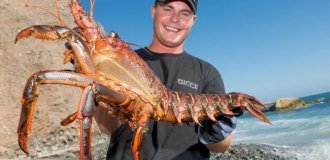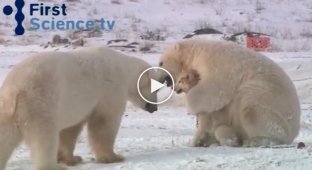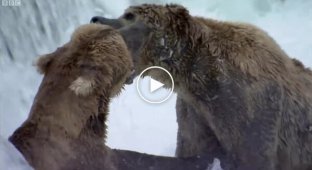Scientists attached cameras to polar bears for an experiment (6 photos + 1 video)
Polar bears now have a vulnerable status - due to melting ice, they cannot fully hunt. Scientists decided to conduct an experiment and attached cameras to the bears to collect data about them. The results surprised them! 
Currently, polar bears have a "vulnerable" status: the population is under threat due to climate change and other problems. Global warming is melting more sea ice, where bears typically hunt seals, their main source of food. Therefore, it becomes increasingly difficult for bears to find the high-calorie food that they need so much. In order to study the species and obtain data, scientists did an experiment and attached cameras to the bears. 
Cameras were attached to 20 polar bears in Hudson Bay, Canada, and began to monitor their movements. Over three years, more than 115 hours of video footage were filmed, which helped scientists collect the necessary data, and showed viewers what the everyday life of a polar bear looks like “from a first-person perspective.” In the video, the bears feed on bird carcasses, eat berries and grass, sea animals, and also play with each other in the water. 
Despite the melted ice, the bears quickly adapted to the new conditions on land. They began to feast on other prey, such as plants and seabirds.
"The footage is amazing. These videos highlight how intelligent these animals are. They use different behavioral strategies to survive on land while their main prey is not available," said biologist Anthony Pagano. 
However, the experiment showed that the bears still do not have enough nutrition: all 20 subjects, except one, lost weight. One of them lost almost 36 kg, which alarmed the researchers. They also found that the bears swam longer, which was "unexpected for this time of year." The polar bear population in this area of Hudson Bay is estimated to have declined by 30% since 1987, and this study shows that continued global warming will make survival even more difficult for the species. 
























